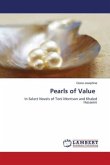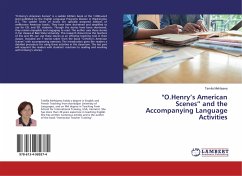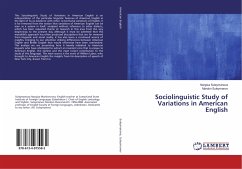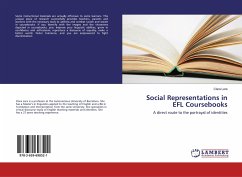The specific field of scholarship in which this book falls is sociolinguistics--more concretely, the explanation of social variation in language, or the meaning and motivation of language change in its social aspect. It is directly concerned with the rational explication of linguistic variety as evidenced by spontaneous innovations in present-day American English. I examine the ascription of social value to novel linguistic entities, as one of the areas in which the effects of spontaneous innovations are most notable. A special feature of the data is the plethora of examples drawn from media and colloquial language. The Semeiotic Appendix provides the reader with a theoretical background for the research embodied in the main text, relying on the theory of signs of the founder of semiotics, Charles Sanders Peirce (1839-1914).
Bitte wählen Sie Ihr Anliegen aus.
Rechnungen
Retourenschein anfordern
Bestellstatus
Storno








